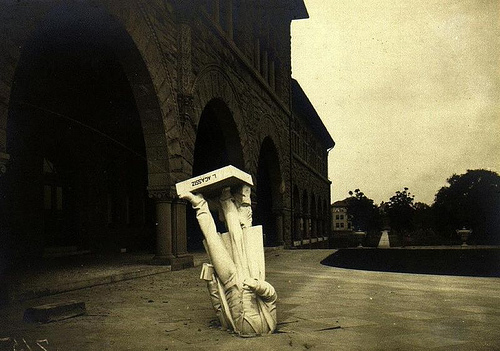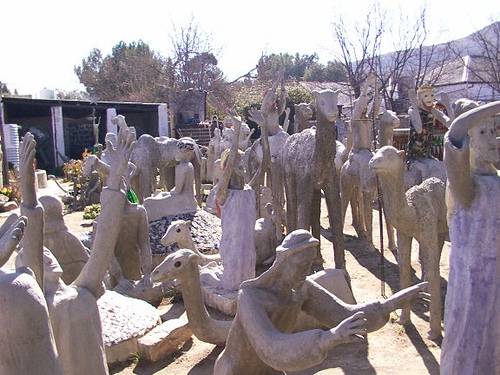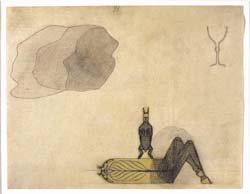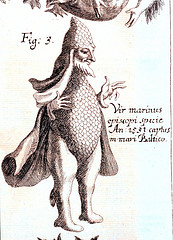Every issue of the Bulletin of the Atomic Scientists since 1947 has displayed a clock face on its cover, symbolizing the world’s proximity to nuclear war (in the judgment of the bulletin’s board of directors).
At its most dire, the clock stood at two minutes to midnight in 1953, when the United States and the Soviet Union tested thermonuclear devices within nine months of one another. Thirty-eight years later, when the superpowers signed the START treaty in 1991, the clock reached 17 minutes to midnight, its most hopeful position to date.
That doesn’t mean we’re making progress. Today it stands at 7 minutes to midnight — which is just where it started 59 years ago.





